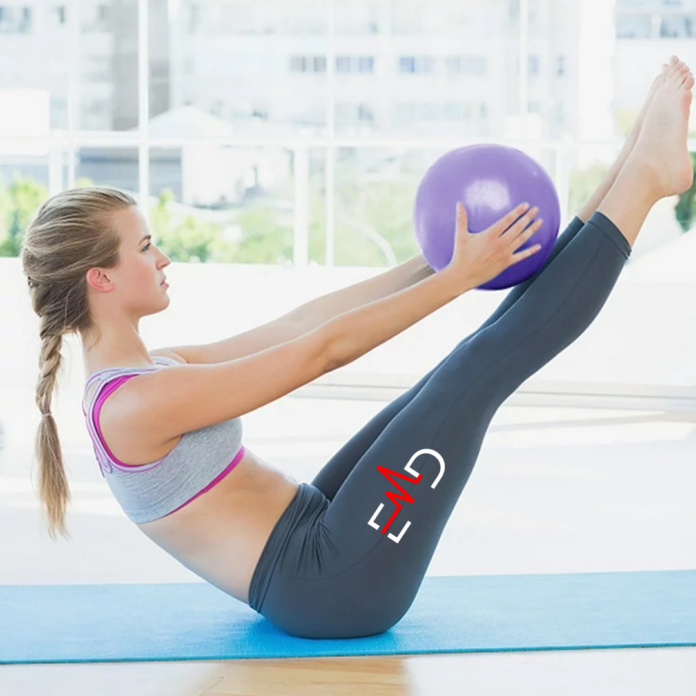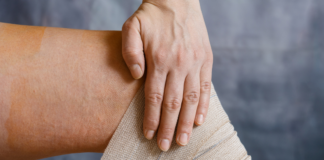Exercise Daily – A small exercise ball, also known as a stability ball, Swiss ball, or fitness ball, is a versatile piece of equipment that can be used to perform various exercises for all major muscle groups. Working out with a small exercise ball can provide several benefits, including increased core strength and stability, improved balance and coordination, and enhanced muscle tone and definition.
Benefits of Using a Small Exercise Ball
Stability balls, also known as Swiss, exercise, or physio, are large, inflatable balls that have become increasingly popular in recent years for their versatility and effectiveness in various fitness routines. Unlike traditional weight training exercises that often focus on isolated muscle groups, stability ball exercises engage multiple muscle groups simultaneously, challenging your core stability, balance, and coordination. This holistic approach to exercise offers a wide range of benefits for people of all fitness levels.
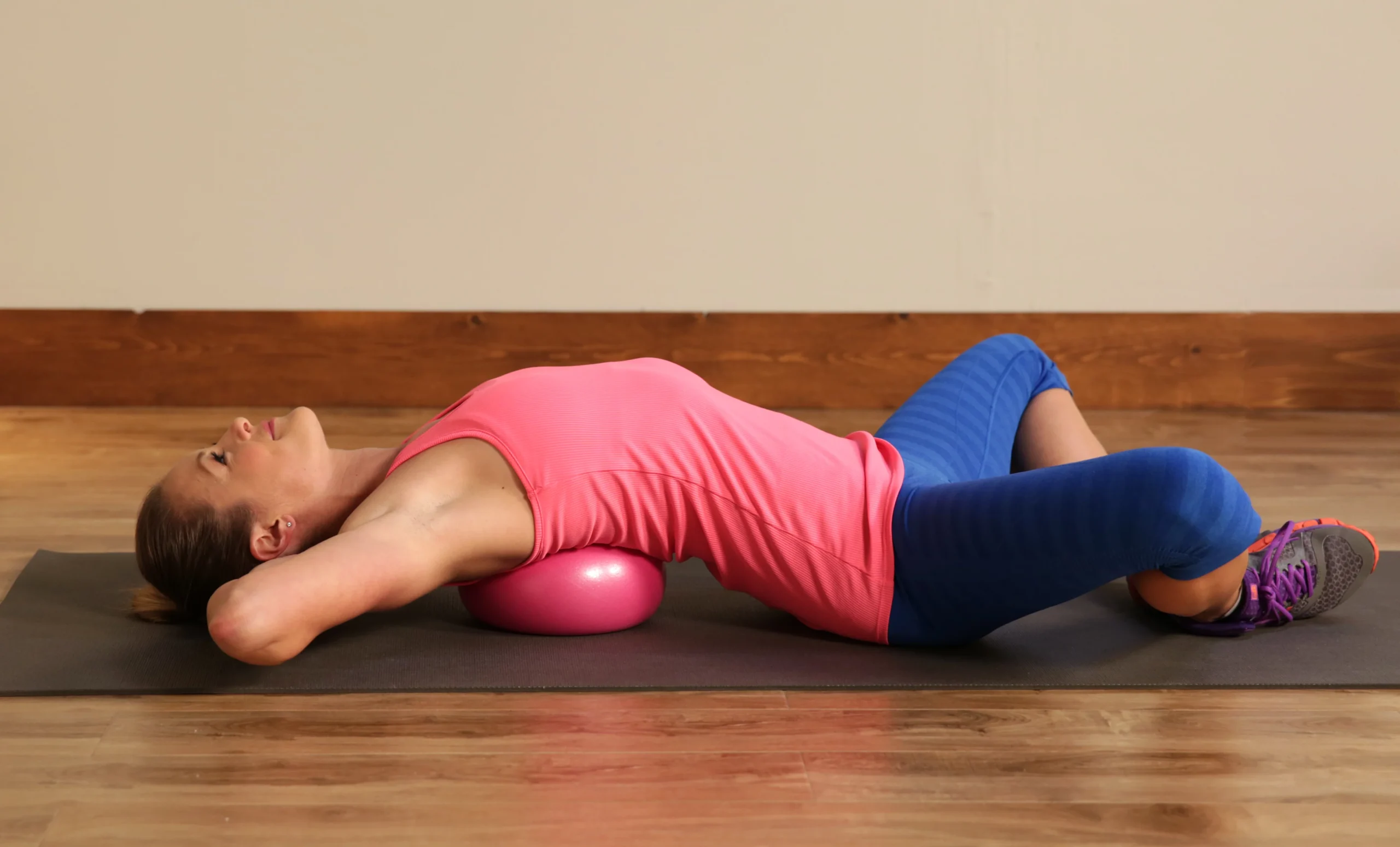
Improved Core Strength
One of the most significant benefits of stability ball exercises is their ability to strengthen the core muscles, which include the abdominal muscles, lower back muscles, and pelvic floor muscles. The ball’s unstable surface forces your core muscles to constantly engage to maintain balance and support your body weight, increasing strength and stability.
Enhanced Balance and Coordination
Stability ball exercises challenge your balance and coordination by forcing you to adjust your position and movement to maintain equilibrium constantly. This ongoing engagement of your proprioceptive system, which is responsible for body awareness and spatial orientation, improves balance and coordination in everyday activities.
Increased Flexibility and Range of Motion
The dynamic nature of stability ball exercises promotes flexibility and range of motion throughout the body. The stretching and bending movements involved in many ball exercises help to improve muscle elasticity and joint mobility, reducing stiffness and improving overall flexibility.
Reduced Back and Joint Pain
Stability ball exercises can help to reduce back pain and improve spinal stability by strengthening the core muscles that support the spine. Additionally, the low-impact nature of ball exercises minimizes joint stress, making them a suitable option for individuals with joint pain or arthritis.
Enhanced Posture
A strong core is essential for maintaining good posture, and stability ball exercises effectively target the muscles that maintain proper alignment. You can improve your posture by strengthening these muscles and reducing slouching and neck strain.
Weight Management and Body Composition
Stability ball exercises can be an effective part of a weight management program, as they burn calories and promote muscle growth. The increased muscle mass resulting from these exercises can boost metabolism and reduce fat loss.
Versatility and Adaptability
Stability balls can be used for various exercises, making them suitable for people of all fitness levels and ages. They can be incorporated into strength training, flexibility, balance, and cardiovascular workouts.
Fun and Engaging Workout
Stability ball exercises often provide a more fun and engaging workout experience than traditional gym exercises. The novelty and challenge of balancing on the ball can make exercise more enjoyable and motivating.
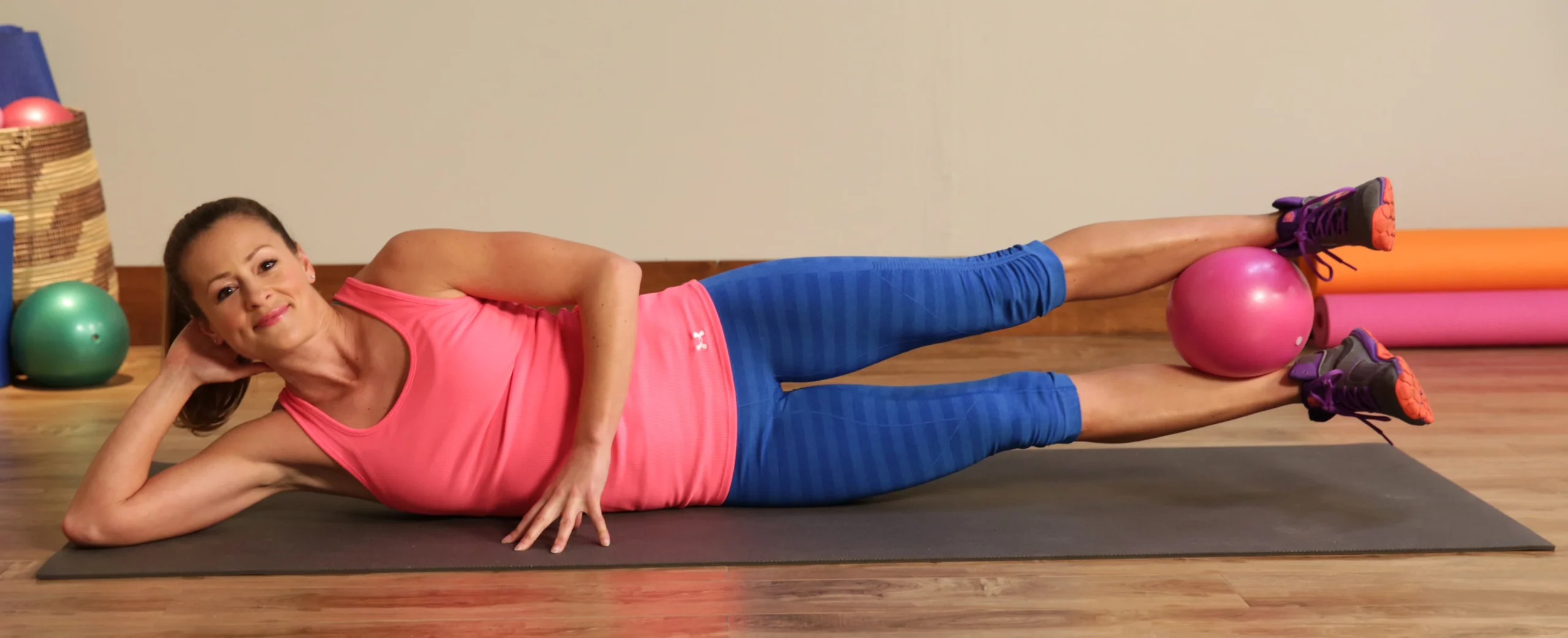
Types of Small Exercise Balls
Three main types of small exercise balls are Swiss balls, peanut balls, and stability ball chairs.
Swiss Balls: Swiss balls are the most common type of small exercise ball. They are large, round balls that come in a variety of sizes. Swiss balls are good for various exercises, including squats, push-ups, and planks.
Peanut Balls: Peanut balls are smaller than Swiss balls and have an oblong shape. They are often used for exercises that target the hips and glutes, such as bridges and clamshells.
Stability Ball Chairs: The chairs are office chairs with small exercise balls instead of traditional seats. They can help to improve posture and core strength while you work.

Full Body Workout Routine with Small Exercise Ball
Warm-Up
Before you begin your workout, it is important to warm up your muscles to prevent injury. Here are a few exercises that you can do to warm up with a small exercise ball:
Ball Squats: Stand with your feet shoulder-width apart and place the ball behind your lower back. Squat down as if you were sitting in a chair, and then slowly stand back up. Repeat 10-15 times.
Ball Push-Ups: Start in a push-up position with your hands on the ground and your feet on the ball. Lower your chest to the floor, then push back up to the starting position. Repeat 10-15 times.
Plank with Ball Squeeze: Start in a plank position with your forearms on the ground and your body in a straight line. Place the ball between your hands and squeeze it as hard as possible. Hold for 30-60 seconds.
Workout
Here is a full-body workout routine that you can do with a small exercise ball:
Ball Crunches: Lie on your back with your knees bent and the ball between your feet. Place your hands behind your head and curl your upper body towards the ball. Repeat 15-20 times.
Ball Leg Extensions: Lie on your back with your hands under your hips and the ball between your ankles. Extend your legs straight up towards the ceiling. Hold for 1-2 seconds, then slowly lower your legs.
Ball Chest Press: Lie on your back with your knees bent and the ball between your feet. Place your hands on the ball and press them up towards the ceiling. Hold for 1-2 seconds, then slowly lower your hands to the ball. Repeat 10-12 times.
Ball Glute Bridges: Lie on your back with your knees bent and the ball between your feet. Place your hands on the floor by your sides. Push your hips towards the ceiling, forming a straight line from your shoulders to your knees. Hold for 1-2 seconds, and then slowly lower your hips back down to the floor. Repeat 15-20 times.
Ball Side Plank: Start in a side plank position with your forearm on the ground and your body in a straight line. Place the ball between your feet and squeeze it as hard as possible. Hold for 30-60 seconds. Repeat on the other side.
Cool-Down
After your workout, it is important to cool down your muscles to prevent soreness. Here are a few exercises that you can do to cool down with a small exercise ball:
Ball Hamstring Stretch: Sit on the floor with your legs extended in front of you. Place the ball behind your knees and gently roll your legs back and forth. Hold for 30-60 seconds.
Ball Quadriceps Stretch: Lie on your stomach with your face down. Place the ball between your ankles and gently move your legs towards your glutes. Hold for 30-60 seconds.
Ball Back Stretch: Sit on the floor with your legs extended in front of you. Place the ball behind your upper back and gently arch your back. Hold for 30-60 seconds.
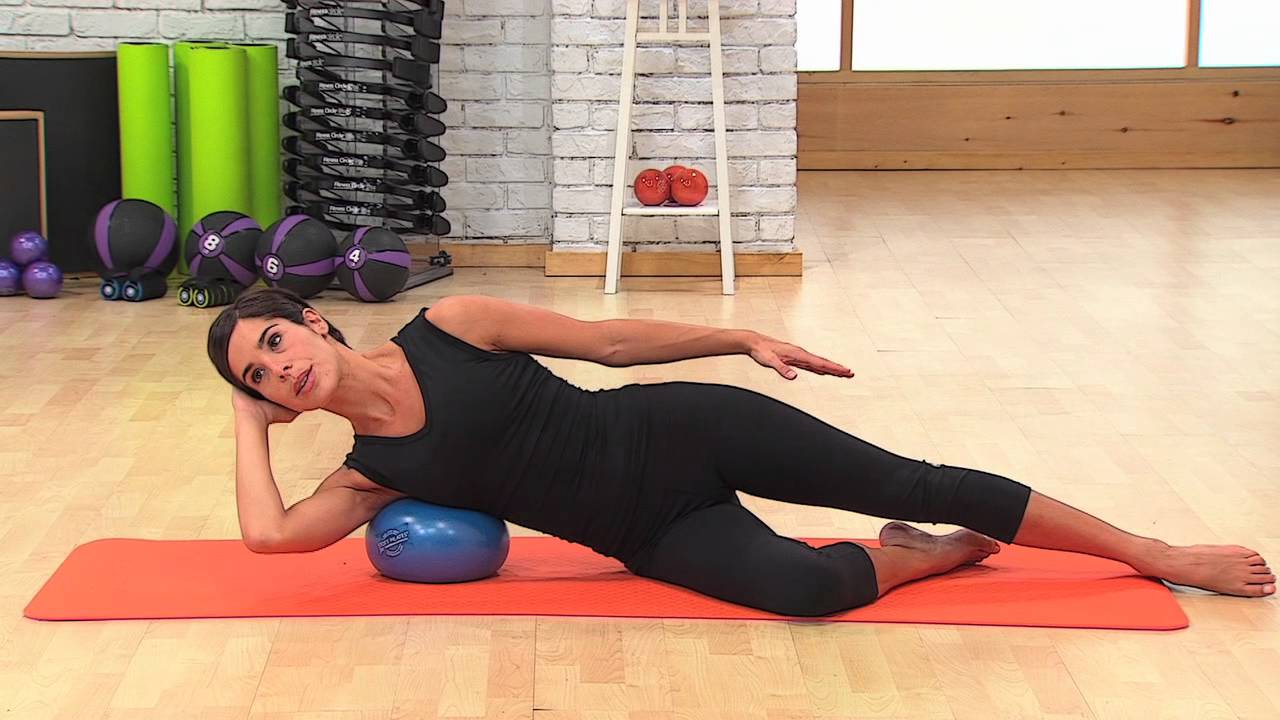
Tips and Modifications
Here are a few tips and modifications for using a small exercise ball:
Choose the right size ball: The size of the ball you choose will depend on your height and your level of fitness. Starting with a smaller ball is a good idea if you are new to working out with a ball.
Start slowly: Begin with a few repetitions of each exercise and gradually increase the number of repetitions as you get stronger.
Listen to your body: Stop the exercise and rest if you feel pain.
Modify exercises as needed: If you have any injuries or health conditions, modify the exercises as needed.
Conclusion
Working out with a small exercise ball is a great way to improve your overall fitness. It is a fun and challenging way to work out all your major muscle groups. With a little practice, you can master the exercises and reap the many benefits of using a small exercise ball.
FAQs – Full Body Workout with Small Exercise Ball
Q: How often should I use a small exercise ball?
Aim to use your small exercise ball 2-3 times per week. You can do a full-body workout like the above or focus on specific muscle groups.
Q: What other exercises can I do with a small exercise ball?
There are endless possibilities when exercising with a small exercise ball. Some other exercises you can try include ball bicep curls, ball tricep extensions, and ball leg press.
Q: I don’t have a small exercise ball. Can I still use this workout?
Yes, you can still do this workout without a small exercise ball. You can modify the exercises as needed. For example, you can do regular squats instead of ball squats.
Q: I’m pregnant. Can I still use a small exercise ball?
It is generally safe to use a small exercise ball during pregnancy. However, it is always a good idea to talk to your doctor first.
Q: I have a medical condition. Can I still use a small exercise ball?
If you have any medical conditions, talk to your doctor before using a small exercise ball. They can help you determine if it is safe for you to use and can provide you with any necessary modifications.

